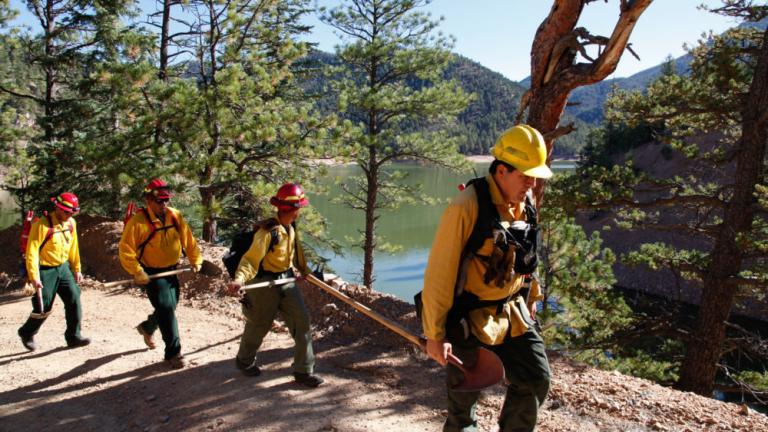If you’ve ever renovated a home — hell, if you’ve ever watched HGTV — you know it involves all the frustrating twists and setbacks that make for great reality television. Add eco-friendliness to the equation, and you’ve got a mind-boggling challenge worthy of a show of its own. (Love It or Grist It, perhaps?)
Sure, picking a fixer-upper is easier on the planet than building a new house from scratch. But there’s more to consider: Should your carpets be made of agave or recycled milk jugs? Should your walls be made of hempcrete or potato peels? And, if you land on hempcrete, which brand should you buy??
That’s why Matt Daigle — a Canadian with an adorable accent and some serious start-up cred — founded the sustainable home improvement site Rise. He wants to make fixing your house gentler on our collective home, and save a bit of your sanity at the same time.
In 2014, Daigle and his wife finished a hurried home renovation just in time for the arrival of their first child. But once she was born — and, he admits, after seeing that still-high power bill — Daigle started thinking about how they could have made the renovation better for their pockets, their daughter, and the planet.
“It opened the door for a bunch of questions, like what kind of future we’re leaving behind for her,” Daigle said. “That kind of pushed me into looking for alternatives… And I realized pretty quickly that there’s a bunch of disparate sources out there, but there wasn’t a place I could go to get advice as an average homeowner.”
Daigle had a start-up brain blast, and set out to create the resource he wished he’d had. In 2015, Rise was born. It’s a relatively simple, easy-to-navigate site with a lot going on behind the scenes: a guide to sustainable products broken down by PhD researchers with a penchant for fun facts, daily stories from paid contributors (like this one on “The Pros and Cons of Ventless Clothes Dryers”), and regularly updated pages pointing users to local contractors and cash incentives for switching to renewable energy.
It seems to be working: At the beginning of 2018, Rise had about 5,000 unique visitors each month, according to Daigle. Now, that number is over 100,000, he says. That’s more than the population of Rise’s home city of Fredericton, New Brunswick (which is someplace up there in the frozen North).
So far, Rise has raised all its money from investors. But starting later this year, manufacturers and contractors can pay to be featured in the site’s Houzz-inspired lookbook of insanely gorgeous green homes — the kind equipped with geothermal heat pumps and closed-loop showers. Daigle says they’ll vet paying manufacturers and contractors for green certifications, customer referrals, and earth-friendly manufacturing processes.
“There are a lot of listing sites out there that basically play the quantity model,” Daigle says. “We play the quality model: We’re taking highly qualified professionals in the sustainability space today.”
In the near future, Rise hopes to better cater to what individual users want to save, whether that’s money, carbon, or their homes’ curb appeal. Users can already filter the product guide for their personal priorities, but the site will soon provide more personalized suggestions. Daigle also expects to roll out a Rise app this year.
A lot of the site’s ideas are pretty expensive (especially if you’re paying with Canadian dollars). The rebate section helps counteract that a bit, and there are a few ideas for people looking to go green without spending too much of it, like tiny houses or… a clothes drying rack? But it’s no secret that the target of this, and any home-renovation site, is people with some extra cash to burn.
But, hey! At least they won’t be burning coal.




